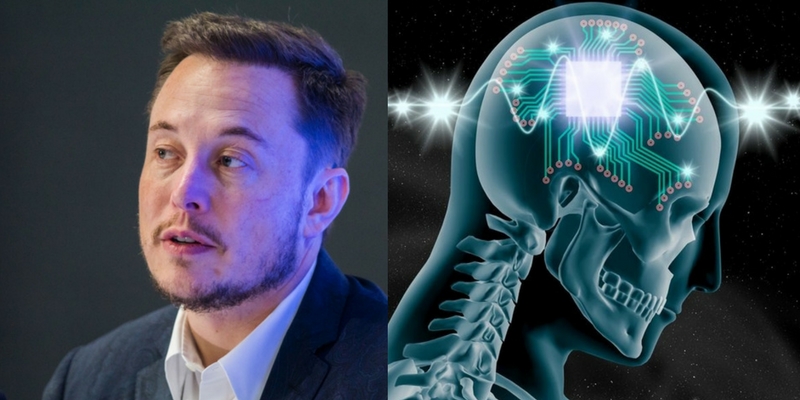Elon Musk’s Neuralink, the venture working to bridging the gap between potential superhuman artificial intelligence (AI) and the human brain itself, is finally providing an update on the research it’s been doing since its formation in 2016. The event will take place on July 16th in San Francisco for a select audience, and a live stream will be provided as well, according to the company’s official Twitter account.
“We’re having an event next Tuesday in San Francisco to share a bit about what we’ve been working on the last two years, and we’ve reserved a few seats for the internet,” the company posted. “It will also be livestreamed, for those who don’t have the chance to come!”
An update on Neuralink’s research activity was teased in September last year by Musk during a live interview. “I think [Neuralink will] have something interesting to announce in a few months that’s at least an order of magnitude better than anything else, probably better than anyone thinks is possible,” he revealed.
It will also be livestreamed, for those who don't have the chance to come!
— Neuralink (@neuralink) July 11, 2019
A long-form explainer on Neuralink’s purpose was posted by Tim Urban on Wait But Why in April 2017 after Musk gave him first-hand access to the company and its team; however, details beyond that have been scarce.
Some insight on the company has been gleaned from its job postings and permit filings in the last two years. In 2017, Neuralink filed paperwork to build an in-house machine shop and a biological testing laboratory for its facility in San Francisco. The enterprise also filed for a permit from the California Department of Public Health in April 2017, directly referencing the utilization of laboratory animals. While specifics are still missing, the permits at the very least confirm Neuralink is making progress in its endeavors as do their evolving job postings. The theme of the company’s employment needs has gradually shifted from experimental science, engineering, and fabrication to something more explicitly focused on one or a few particularly promising solutions.
In an interview on Axios last November, Musk hinted that Neuralink would first introduce microcontrollers to further advance computer-brain interface technology, i.e., possibly unveil an initial version of what will eventually become a “neural lace.” One of the concerns about the rise of AI is the role humans will have once it’s sufficiently advanced to no longer need our input. A neural lace would address this concern. “I don’t love the idea of being [an AI] house cat, but what’s the solution? I think one of the solutions that seem maybe the best is to add an AI layer,” Musk said during Code Conference 2016.
The technology being developed by Neuralink would theoretically allow us to integrate with computers to access and process information just as well as our AI counterparts. Essentially, our brains will have our very own AI in a cloud that our brains can synthesize with as needed. We already interface with our computers on a regular basis, so the jump from an external device to an internal one would seem to be a natural progression.
Musk also suggested memory functionality as an area for Neuralink to focus on, specifically for issues around Alzheimer’s, during his discussion on Axios. “It’s incredibly sad when a mother forgets her children, and that can be solved, too,” he noted. This concept is in line with marketable technology for therapy use that Musk has hinted at before during his discussions with Tim Urban. “We are aiming to bring something to market that helps with certain severe brain injuries (stroke, cancer lesion, congenital) in about four years,” he was quoted as saying.
Perhaps this therapeutic research will be included in the July 16th event. Or perhaps we’ll see something pulled straight out of science fiction, as he seems to have indicated last year. Both?











